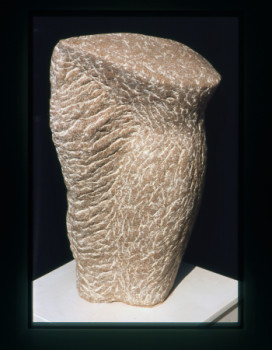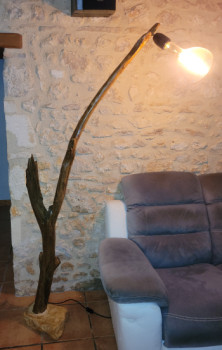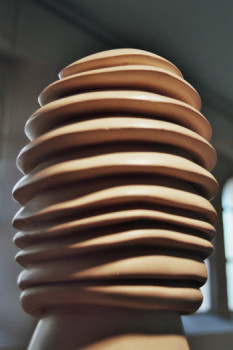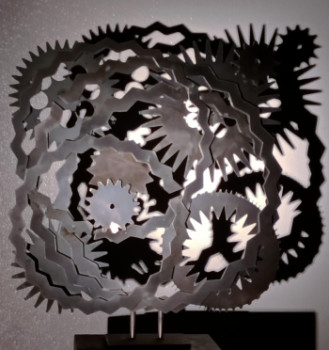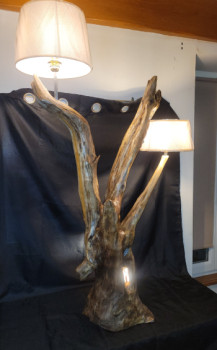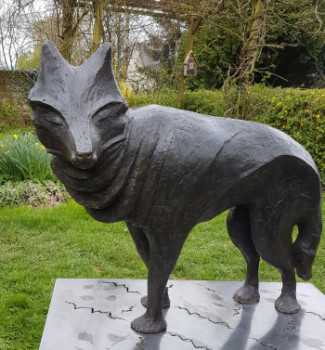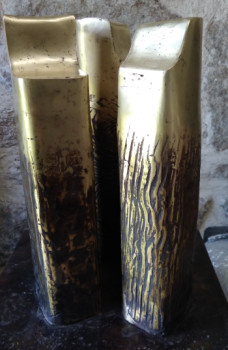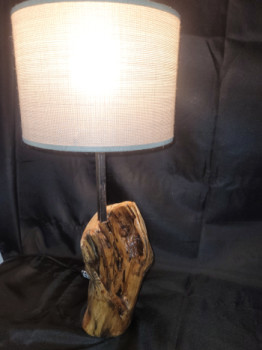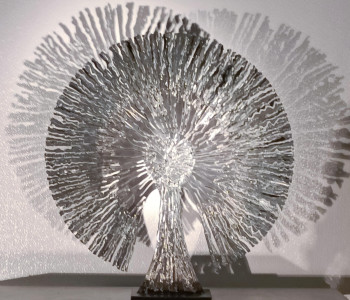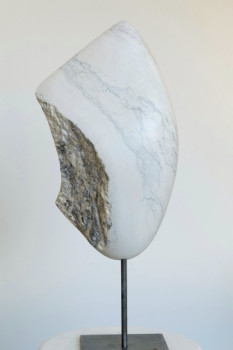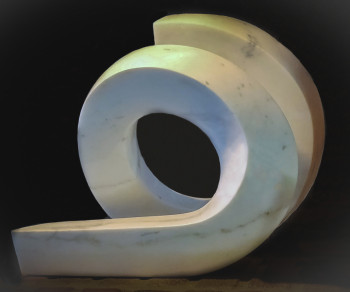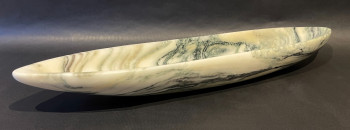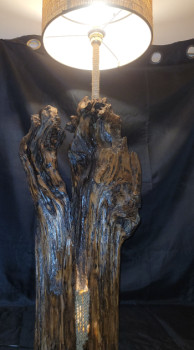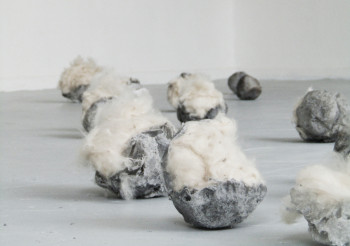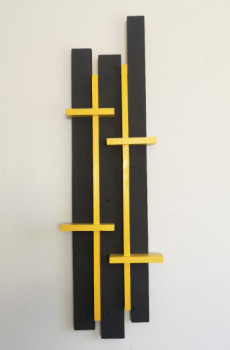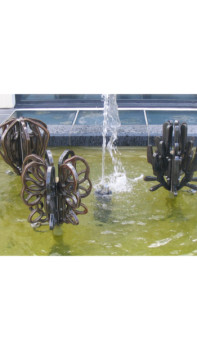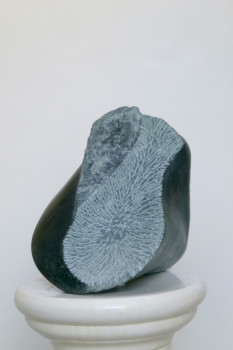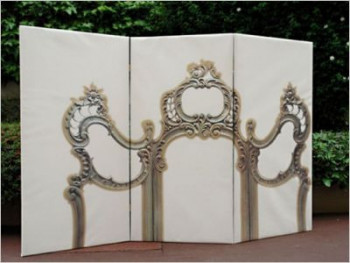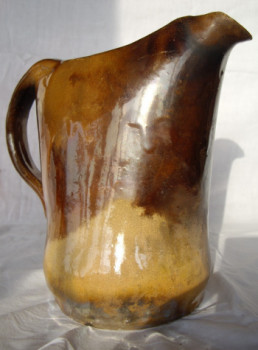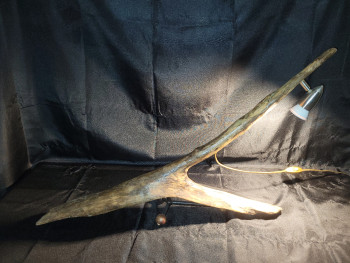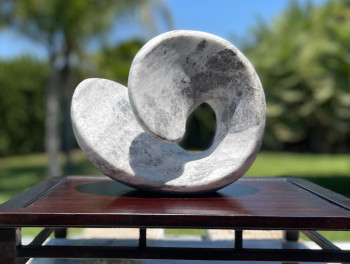
Richard Serra: at the heart of the minimalist sculpture of a steel lover
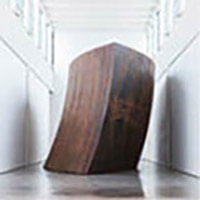
Richard Serra is one of the greatest sculptors American painters of the post-abstract expressionist era. His work contributed significantly to the development of the tradition of modern abstract sculpture in the In the years following minimalism, from the late 1960s to today, his work raises awareness of the ability of sculpture to be experienced in a contemporary way. rhymed physically and visually by spectators, often in a specific, even extremely public, environment.
An artist's soul from her earliest childhood
Richard Serra is the second son of a Spanish father and a Russian Jewish mother . He grew up with his family among the sand dunes of San Francisco. It is mainly confined to his family life and has little contact with the outside world or the fine arts. The time spent on shipyards, where his father was a pipefitter, provided him with some of his first creative inspirations.
When an oil ship has been damaged, launched at the Marine Shipyard in San Francisco on the artist’s fourth birthday, he says the foundations of his work began with him. to take shape. Later, he particularly remembered the enormous horizontal curvature of the ship's hull and the lightness of the hull. and contradictory speed which had astounded him. as he sped across the sea. This time that Serra began draw, which he says helped him develop their imagination and inventiveness and gave him the self-confidence he needed to realize his artistic potential.
His love of painting
university from California, Santa Barbara, Serra obtained a degree in English literature in 1961. He had supported his career. He met his needs when he was a student working in a steel factory, a job that would later influence his paintings. In 1961, Serra began his master's studies at the University of California. university from Yale, where he received painting lessons from his contemporaries Brice Marden, Chuck Close and others, whom he remembers fondly. At the time, most of them were more advanced students. Serra studied Paris in 1964-1965, where he dedicated a lot of effort the creation of a reconstruction of the workshop of Brancusi. Serra accepts Brancusi as an authoritative example, although he later claims to have had little knowledge of the modernist master or the current state of the sculpture at agrave; this time.
The following year, the sculptor took a trip to Italy, where he visited Italy. he started paint a series of grids in arbitrary hues. Later, Serra dropped out. I adopted this approach after learning that Ellsworth Kelly painted in a similar manner in a recent edition of Art News. The work Las Meninas de Vel&aac;squez that Serra saw during a trip to Spain made him realize it again. how unhappy he was with the two-dimensional restrictions of painting. The incident essentially changed the trajectory of Serra's creative career; Soon after, looking for a new direction, he began create works of art using live animals and, in some cases, stuffed animals in cages. The outcry general aroused by the inclusion of live animals in his first solo performance at The Galleria La Salita in Rome in 1966 was so intense that local authorities quickly closed the place.
The age of sculpture and its most notable works
his return to the country in 1966, Serra settled in New York, where he begins to created his first rubber sculptures, which would have been influenced by the horizontal movement of Jackson Pollock's painting, Mural (1943). Serra created created his Splash series between 1968 and 1970. These semi-sculptural pieces are inspired by the artist pouring molten lead into the gutter, or junction, where the lead is poured. the floor plane and the vertical wall of the workshop meet. Critics and art historians quickly began to classify the works of Serra in the category of Process Art, just like those of his contemporaries who also emphasized a convergence in their work between action, environment and support .
The massive metal sculptures for which the sculptor is best known today can be considered as the direct precursor of the Prop series, which the artist began to create. made in 1969. The Props are perhaps also the starting point for Serra's evocation of his first memories of the oil ship skimming the surface of the ocean, as they are explorations of balance, weight and gravity.
The sculptor artist helped to create this his friend and colleague Robert Smithson at created the environmental sculpture Spiral Jetty in 1970. The notion of specificity Site-specificity, or the phenomenon whereby a work of art is conceived and created as an intrinsic part of its environment, has been explored. reinforced by the exposure of Serra to environmental art in this case (this had been implied, albeit subtly, in the Splash series). Gradually As he worked in larger formats, Serra became interested in to the spaces that the work of art itself generated (or highlighted) as well as to the the physical and visual relationship of the work of art with the viewer. The Spirals and Ellipses of the sculptor artist, which push the observer to explore more. move around the work and around it. engaging with it somatically (that is, somatically) as well as visually, are examples of works that demonstrate this.
These and other themes are still relevant today. in the work of Serra. Although this artist clearly distinguishes himself from the heroic position of Pablo Picasso, Julio González and David Smith, who were modernist pioneers in the art of united sculpture. e, the majority of his recent works to Large scale are welded from Cor-Ten steel. At the end of the 1960s, Serra began to produce He began experimenting with video art, creating his first of many video art films, Hand Catching Lead, in 1968. The artist can be seen continually attempting to collect fragments of lead that fall from above of Hand’s framework. Serra believes that his videos help us to learn more. better understand his sculptures, and he has since produced a number of others that use metal, particularly steel, his material of choice.
Like most New Yorkers, the artist was immersed in life. in dance and music during his formative years. He committed himself to in performances and installations with Yvonne Rainer, Stephen Reich and Joan Jonas after having made that the elements of space and balance which characterize works of music and dance were comparable to his in sculpture.
Découvrez quelques oeuvres inspirées de Serra
